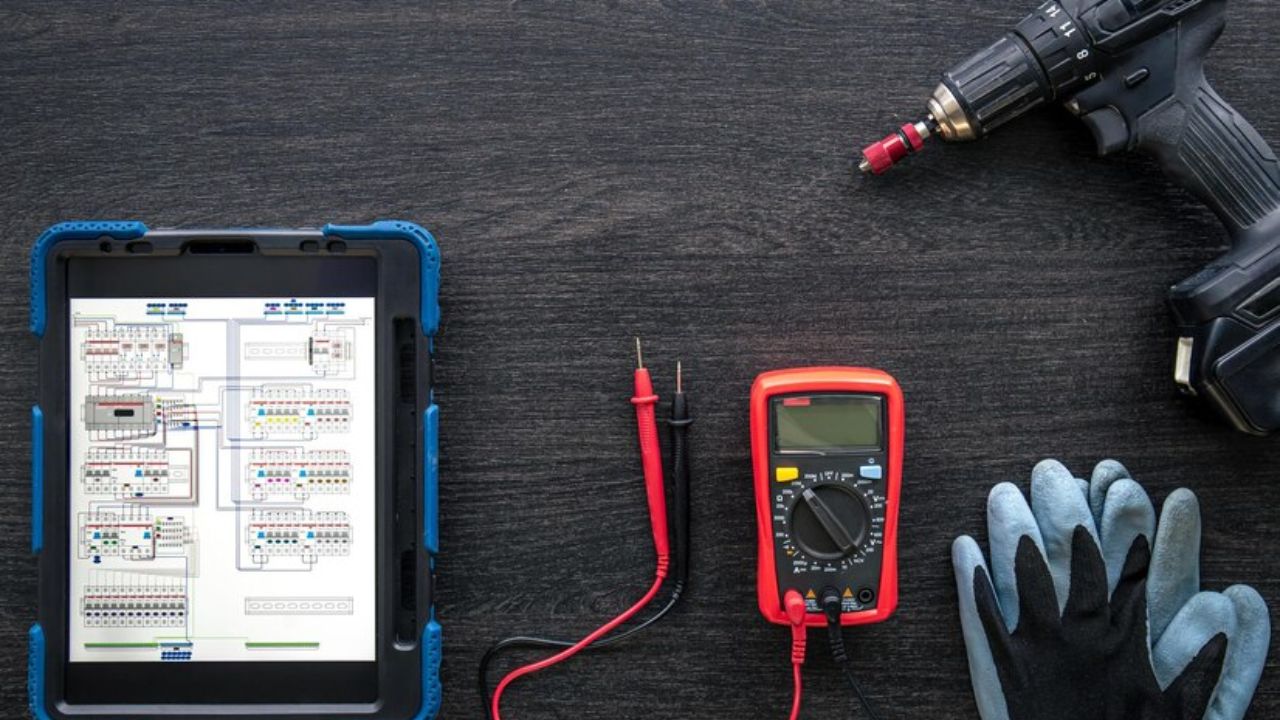Have you ever heard of the Firecracker Plant? This enchanting and lively plant, known for its explosive bursts of color, is a favorite among garden enthusiasts.
If you have been looking out for a plant to add amazing colours to your garden, this plant could be what you’re looking for. Join us as we spill the secrets and all you should know about the Firecracker plant.
Table of contents
- What is a Firecracker Plant?
- How do I care for a Firecracker Plant?
- Can I grow a Firecracker Plant indoors?
- Firecracker Plant Division
- What is the best Fertilizer for Firecracker Plant
- What are common Pests and Diseases affecting Firecracker Plant?
- Conclusion
- Frequently Asked Questions
- References
- Recommendations
What is a Firecracker Plant?
A Firecracker Plant, scientifically known as Russelia, is an ornamental shrub native to the Americas. It is renowned for its slender, tubular flowers that resemble tiny firecrackers, giving the plant its vivid and explosive appearance.
The plant is popular among garden enthusiasts for its vibrant colors and ability to attract hummingbirds and butterflies. With its botanical charm, the Firecracker Plant adds a burst of life to gardens and outdoor spaces.
You should read: Work-Study in UK: 5 Types of Visa to Apply For in 2024
How do I care for a Firecracker Plant?
Caring for a Firecracker Plant is relatively straightforward. Some of the tips you should know when looking after this plant are:
Sunlight:
Firecracker Plants thrive in full sunlight. Ensure they receive at least 6-8 hours of direct sunlight daily for optimal growth and blooming.
Soil:
Plant them in well-draining soil. Avoid waterlogged conditions, as these plants prefer soil that allows excess water to drain away.
Watering:
Water regularly, especially during dry spells. Keep the soil consistently moist but not soggy. Adjust the frequency based on weather conditions and the moisture needs of the plant.
Fertilization:
During the growing season, apply a balanced fertilizer to promote healthy growth. Follow the instructions on the fertilizer packaging, and avoid over-fertilizing, as it may negatively impact the plant.
Pruning:
Prune the plant regularly to maintain its shape and encourage bushier growth. Remove spent flowers to stimulate the production of new blooms.
Also see this: Fully-funded Commonwealth Masters Scholarships in the UK 2024 [Updated]
Can I grow a Firecracker Plant indoors?
Yes, it is possible to grow a Firecracker Plant indoors, but there are some considerations to keep in mind:
Light:
Firecracker Plants thrive in full sunlight. If growing indoors, place the plant in a location that receives bright, indirect light. A south-facing window is often ideal.
Container:
Use a well-draining potting mix and a container with drainage holes to prevent waterlogging. Ensure the pot is large enough to accommodate the plant’s root system.
Temperature:
Maintain a warm indoor environment. Firecracker Plants prefer temperatures between 65°F to 75°F (18°C to 24°C). Protect them from drafts and temperature extremes.
Watering:
Indoor plants may require slightly less frequent watering than outdoor ones. Allow the soil to dry out slightly between waterings, and adjust the watering schedule based on the plant’s specific needs.
Humidity:
Firecracker Plants can tolerate average indoor humidity, but they appreciate slightly higher humidity levels. Consider misting the plant or placing a tray of water near the plant to increase humidity.
While Firecracker Plants are more commonly grown outdoors, with proper care and attention to their specific requirements, they can thrive as indoor plants, bringing their unique charm to your living space.
Read also: Ultimate Guide to Low-flow Toilets
Firecracker Plant Division
Dividing a Firecracker Plant, also known as Russelia, can be done through a simple propagation process. Here’s a step-by-step guide:
Selecting the Right Time:
The best time to divide a Firecracker Plant is in the spring when it’s entering its active growing phase.
Prepare the Plant:
Water the plant thoroughly a day or two before dividing to ensure it’s well-hydrated.
Digging up the Plant:
Gently dig up the entire plant, taking care not to damage the roots. Use a shovel or garden fork and work around the plant, creating a wide root ball.
Root Inspection:
Examine the roots and identify natural divisions or separate shoots. Look for healthy, well-developed sections with their own root systems.
Separating the Sections:
Using a clean, sharp knife or garden shears, carefully separate the identified sections, ensuring each has a good amount of roots attached.
Planting the Divisions:
Plant each division in a new location or container with well-draining soil. Water them thoroughly after planting.
Care for New Plants:
Provide the divided plants with the same care as established ones. Ensure they receive adequate sunlight, water, and nutrients.
Post-Division Care:
Keep an eye on the divided plants for the first few weeks. Water them regularly, and consider using a light fertilizer to support their establishment.
Check out this related content: Top 24 inspirational sports movies of all Time
What is the best Fertilizer for Firecracker Plant
For Firecracker Plants (Russelia), a balanced, general-purpose fertilizer works well to support healthy growth and abundant flowering. Look for a fertilizer with a relatively equal ratio of nitrogen (N), phosphorus (P), and potassium (K). A balanced fertilizer, such as a 10-10-10 or 14-14-14 formulation, is suitable.
Here are some tips for fertilizing Firecracker Plants:
Frequency:
Apply the fertilizer during the growing season, typically in spring and summer. Reduce or cease fertilization in the fall and winter when the plant is in a dormant or slow-growth phase.
Application Rate:
Follow the manufacturer’s instructions on the fertilizer packaging for the recommended application rate. Avoid over-fertilizing, as it can lead to excessive foliage growth at the expense of flowers.
Method:
Apply the fertilizer evenly around the drip line of the plant, avoiding direct contact with the stems. Water the plant after fertilizing to help the nutrients reach the root zone.
Organic Options:
If you prefer organic options, you can use well-rotted compost or a balanced organic fertilizer. Organic fertilizers release nutrients more slowly, providing a gentle and sustained feeding for the plant.
Always read and follow the specific instructions provided by the fertilizer manufacturer, as different products may have varying application rates and guidelines. Regular fertilization, combined with proper watering and sunlight, will help your Firecracker Plant thrive and produce its characteristic vibrant blooms.
Read also: What Is PU Leather, and Is It the Real Deal?
What are common Pests and Diseases affecting Firecracker Plant?
Firecracker Plants (Russelia) are generally hardy, but like any plant, they can be susceptible to certain pests and diseases. Here are some common issues you may encounter:
Common Pests:
Aphids:
Aphids are small, sap-sucking insects that can cluster on new growth. They can be hosed off with water or controlled with insecticidal soap.
Spider Mites:
These tiny arachnids can cause stippling and webbing on the plant. Regularly misting the plant and keeping the humidity up can help prevent spider mite infestations.
Whiteflies:
Whiteflies are small, flying insects that congregate on the undersides of leaves. Insecticidal soap or neem oil can be effective in controlling whiteflies.
Scale Insects:
Scales are small, immobile pests that attach themselves to the plant and feed on sap. They can be treated with horticultural oil or insecticidal soap.
Read also: How to Use a Coping Saw
Common Diseases:
Powdery Mildew:
Powdery mildew appears as a white, powdery substance on the leaves. Improve air circulation around the plant, and consider fungicidal treatments if the problem persists.
Root Rot:
Overwatering or poorly draining soil can lead to root rot. Ensure the soil has good drainage, and avoid overwatering to prevent this fungal disease.
Bacterial Leaf Spot:
This disease causes dark spots on the leaves. Remove and destroy infected plant material, and consider copper-based fungicides for control.
Leaf Spot:
Fungal leaf spot diseases can cause dark lesions on the leaves. Prune affected leaves, and apply fungicides as needed.
Regularly inspect your Firecracker Plants for signs of pests or diseases, and take prompt action if you notice any issues. Maintaining good garden hygiene, proper watering practices, and providing adequate spacing between plants can help prevent these problems.
You should read: How Heat Pumps Work
Conclusion
In conclusion, the Firecracker Plant is not just a botanical marvel; it’s a testament to the beauty and diversity of nature. Whether adorning your garden or brightening up your living space, the Firecracker Plant is a delightful choice for plant enthusiasts of all levels.
Frequently Asked Questions
The Firecracker Plant, also known as Russelia, is a charming and ornamental shrub native to the Americas. It’s renowned for its slender, tubular flowers that resemble tiny firecrackers.
These plants thrive in well-drained soil and love sunlight. Ensure regular watering, especially during dry spells, and consider providing a balanced fertilizer during the growing season.
While they prefer the outdoors, Firecracker Plants can be grown indoors in containers. Ensure they receive plenty of sunlight, and be mindful of their space, as they can grow quite tall.
Firecracker Plants are famous for their fiery red or coral-colored tubular flowers. However, some varieties may also showcase shades of pink or orange, adding a burst of color to your garden.
Yes, these plants are a magnet for hummingbirds and butterflies. The tubular flowers are perfectly designed to attract these pollinators, making your garden a lively and dynamic ecosystem.
References
- home.howstuffworks.com- Firecracker Plant
- epicgardening.com– Firecracker Plant
- therainforestgarden.com– Plant profile of the Firecracker Plant





